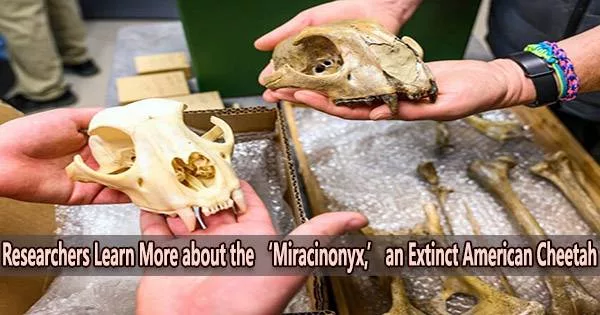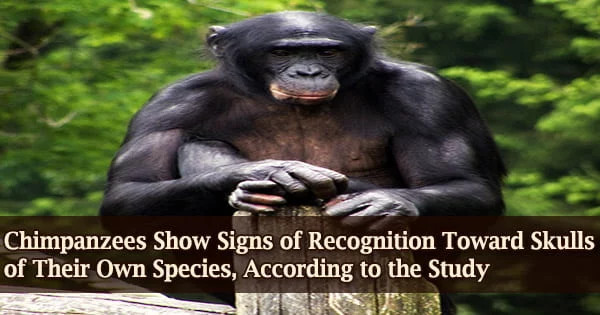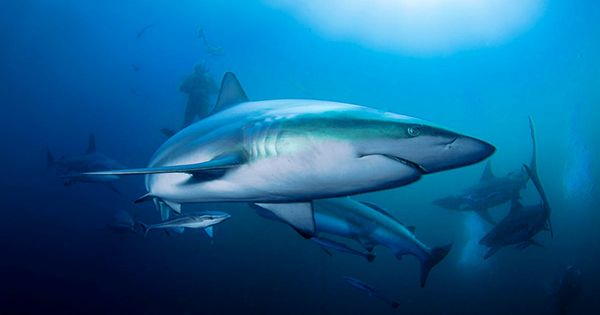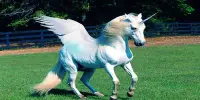More than 13,000 years ago, the American cheetah, or Miracinonyx trumani, lived in North America. Despite its name, recent research from the University of Malaga has shown that it is more like the extinct cougar than the extant cheetah, but it also has unique traits that make it a distinct species from which there is no contemporary analogue.
Researchers from the University of Massachusetts Amherst (UMA), the University of Valladolid, and the University of Wisconsin-Madison (U.S.) have shed light on this extinct feline’s traits, primarily by examining its long-discussed hunting method.
Study of its hunting strategy
This way, by analyzing its skeleton, the experts have proved that the Miracinonyx trumani, despite having long and light legs, was not as prepared as once thought to run after its preys, like the Old World cheetahs.
The study’s findings, which were published in the academic journal Biology Letters, also showed that the Miracinonyx, like the other felines with the exception of the cheetah, had retractable claws and could wrestle with its food.
“Although in appearance they were very like modern cheetahs, their way of hunting was more similar to that of a cougar,” says Borja Figueirido, scientist of the Paleontology Area of the UMA, and main author of the study.
The elbow joint was the center of the scientists’ attention since it tells them whether an animal is designed to hold its prey in its forelimbs while it hunts or to chase it quickly.
The case of cheetahs is really unusual; in a few seconds they can reach nearly 100 kilometers per hour. They are the supercars of the savanna.
Borja Figueirido
The Miracinonyx possessed forearm bones that were farther apart than normal due to the shape of its humerus, which was oval and extended at the end closest to the elbow. As a result, it had the ability to hunt by gripping its preys, like cougars do.
“The case of cheetahs is really unusual; in a few seconds they can reach nearly 100 kilometers per hour. They are the supercars of the savanna,” says Figueirido.
This is not the case of the Miracinonyx. While having more forelimb flexibility for manipulation, its physiognomy precluded it from moving at a pace comparable to that of the living cheetah. “It was not, therefore, such a sprinting predator,” says Alberto Martín Serra, paleontologist at the UMA, and co-author of the paper.
Analysis of its bones
To reach this conclusion, the scientists examined a skeleton of Miracinonyx found in a chasm in Wisconsin and compared it with the species of other modern felines, such as cougars, lions or lynxes.
“The detailed study of the bones was conducted at the UMA. What we did was to scan in 3D the humerus of living felines and digitalize homologous points to quantify its form. The fossil was scanned using CAT scan at the University of Wisconsin-Madison,” explains Figueirido.
Study of its brain architecture
Another recent study by this research team of the University of Malaga, published in the scientific journal iScience, corroborates this hypothesis. The paleontologists analyzed if the brain architecture of Miracinonyx was similar to that of cheetahs, and results evidenced, again, clear differences between them.
The Miracinonyx trumani’s intracranial space was virtually filled by the researchers using 3D technology, giving them an endocast of the brain’s surface that they could compare to that of cheetahs and cougars in the wild.
The Miracinonyx’s brain surface turns out to be more like the cougar’s than the cheetah’s: the Old World American cheetah was not cognitively prepared to hunt by high-speed chasing, among other things, because it had an underdeveloped nasal sinus, like cougars.
“The Miracinonyx was probably an intermediate version between the cheetah and the cougar,” says Figueirido, who highlights that its “particular” way of hunting “is not currently represented in nature.”
Following these initial two studies, scientists from the Universities of Malaga, Valladolid, and Wisconsin-Madison want to continue this R&D line by examining the Miracinonyx’s entire forelimbs and inner ear anatomy in order to address any remaining mysteries surrounding this unusual North American fossil feline.
















